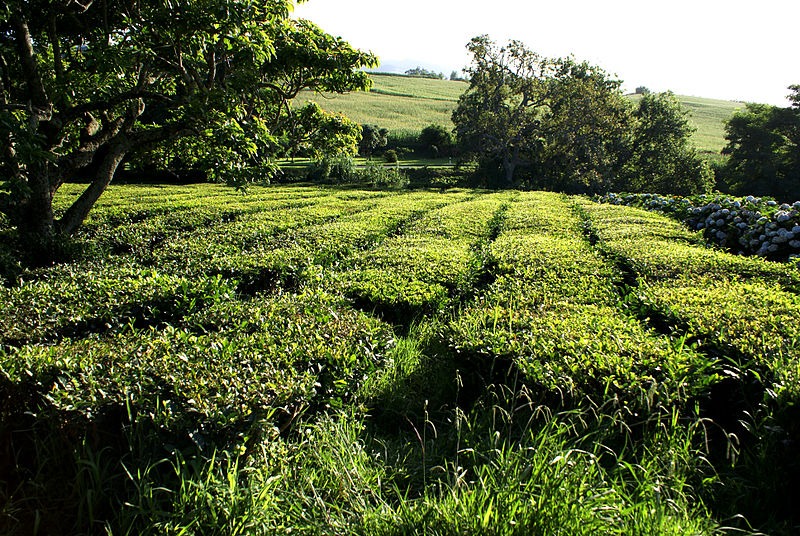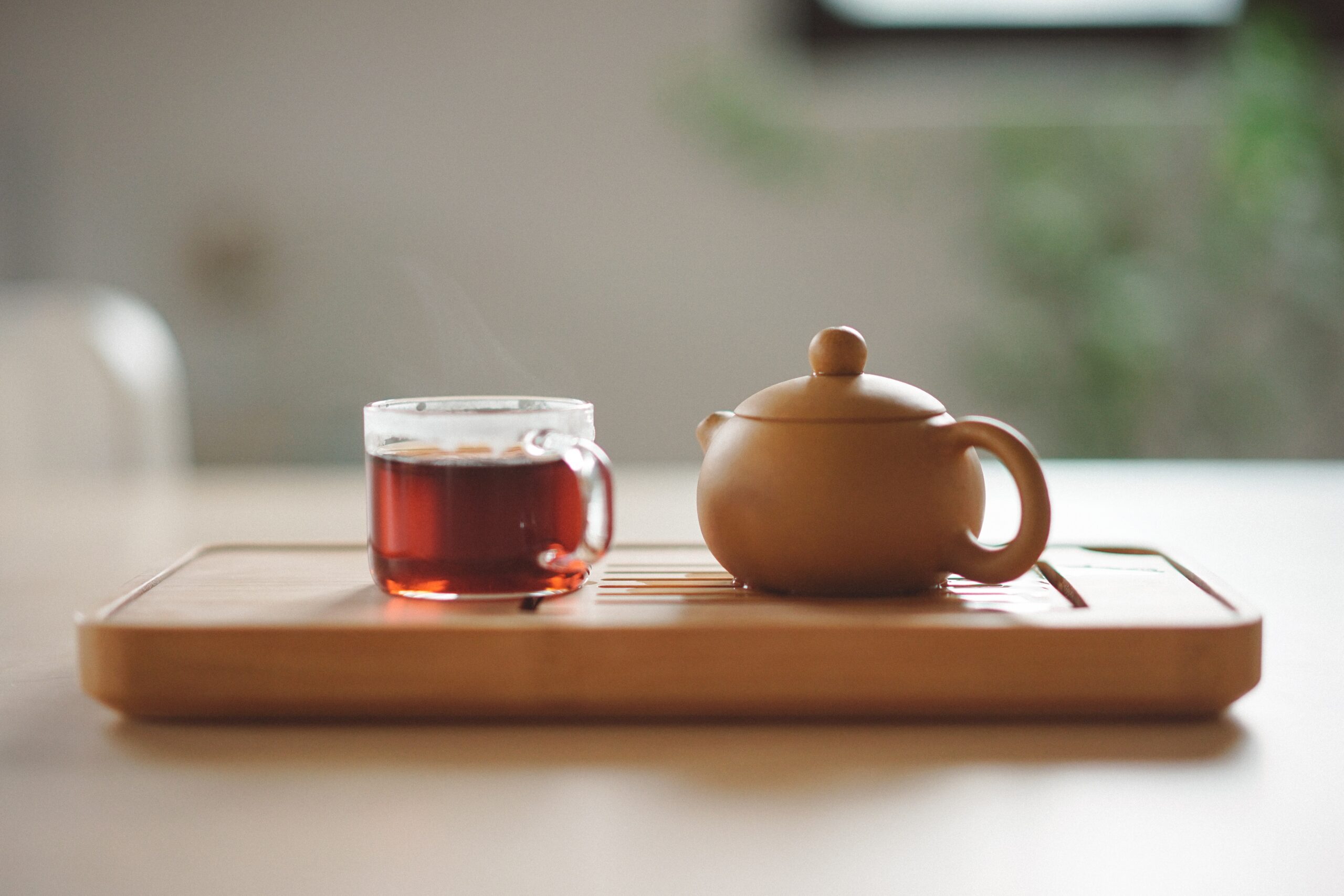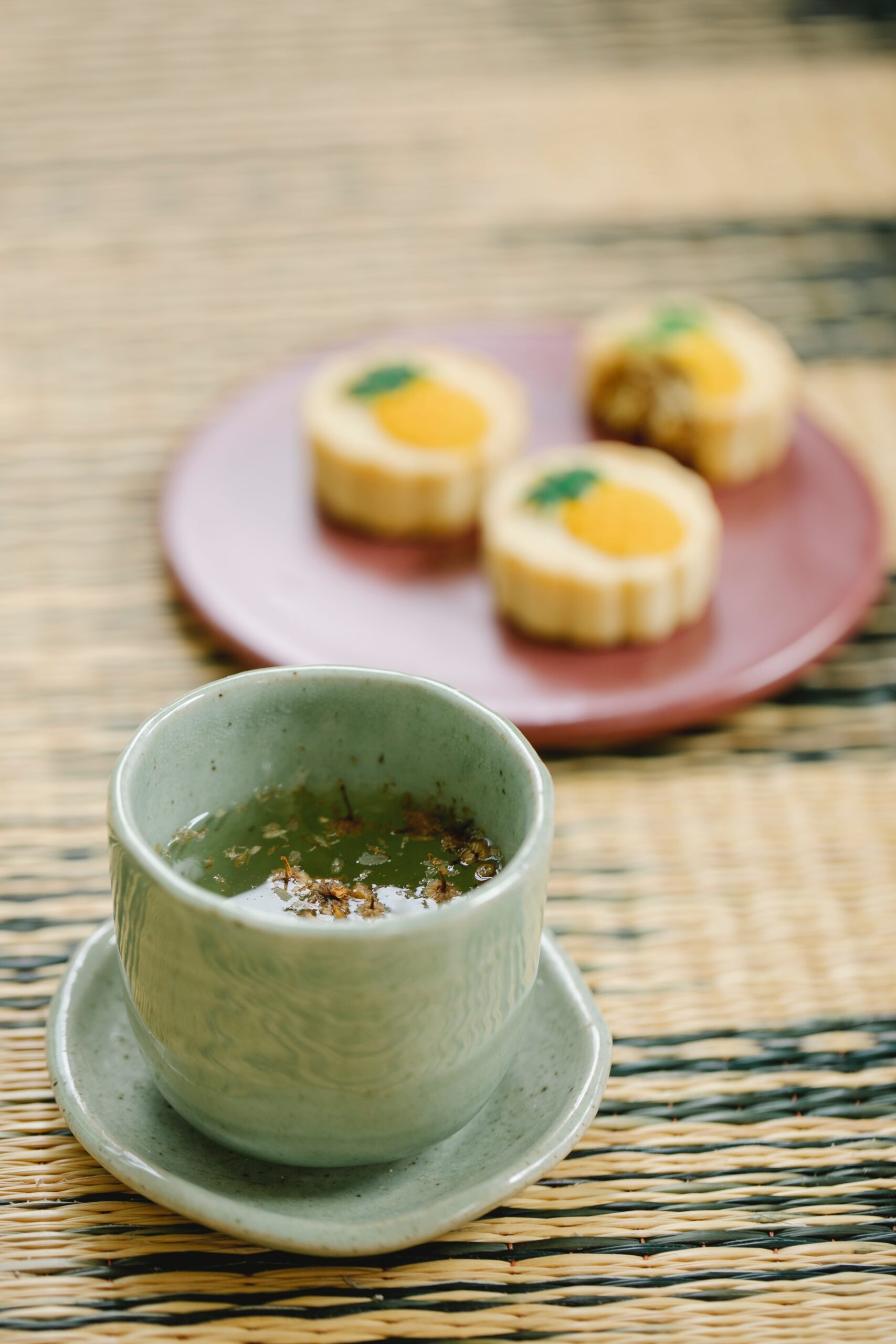Introduction
The leaves of the Camellia sinensis plant are used to make Chinese green tea, which is a kind of tea that preserves the green color and flavor of the original plant. It is popular both in China and across the world because of its delicate flavor, strong antioxidant content, and health advantages.
The leaves and buds of the Camellia sinensis plant used to produce green tea have not gone through the same withering and oxidation processes as those used to make oolong teas and black teas. Since its invention in China, the manufacturing and processing of green tea has expanded to various East Asian nations.
There are several types of green tea, and depending on the kind of Camellia Sinensis, they vary greatly. The health benefits of “catechins” and “theanine,” the two key components specific to green tea, are garnering a lot of interest in both Japan and other countries.
History
Green tea has been around since 2737 B.C. in China. When the Chinese Emperor Shennong unintentionally drank water that included a boiled-in dead tea leaf, the discovery was made. A new beverage was created because he thought the flavor was refreshing. Only the richest classes of Chinese society had access to green tea since it was so expensive. It was not until the 14th century that green tea was made widely available to the populace for recreational and therapeutic uses.
With the help of European explorers, the highly appreciated green tea ultimately made its way to the West. It was extremely popular because of its amazing flavor and, together with black tea, became the national beverage of Great Britain. Soon after, English immigrants went to other countries and brought green tea’s wonderful flavor to America. Green tea was referred to as “bullet tea” because, when delivered, it had a bullet-like appearance. The colonists became immediately fixated on the tea, which was so well-liked that Parliament enacted a Tea Tax in 1767.
The appeal of green tea has gradually grown over the past few decades. One may get a variety of green tea drinks at most coffee and tea establishments, from hot jasmine green tea to an iced matcha latte. Green tea has a wide range of tastes and, because of its abundance of antioxidants, it serves several health advantages.
Processing Methods
The Camellia Sinensis plant is the source of tea. The quantity of oxidation permitted during the drying stage influences the color of the tea, whether it is black, green, or white. One of the leaves having a quicker drying time to stop additional oxidation is green tea. The leaves’ green hue is preserved through a quicker drying process. They switch the leaves to the heating process for cooking and curling as the moisture evaporates. Depending on the methodology and locality, the heating processes might change.
Chinese green teas use a method called pan fire, in which the tea is wok- or pan-roasted, giving it a whiter hue. The Japanese approach involves thoroughly steaming the teas, which gives them a more vivid shade of green. The next step is to manually roll, curl, or twist the tea leaves to squeeze out any extra sap or water. This step in the process also aids in defining the many varieties of tea.
Health Benefits
In traditional Chinese medicine, green tea was used to control bleeding, treat wounds, promote heart, and brain health, help with digestion, and manage body temperature.
Heart health – The capacity of green tea to decrease blood pressure and cholesterol levels have been associated with a lower risk of heart disease.
Antioxidant properties – Catechins, which are antioxidants found in green tea, aid in cell protection.
Brain function – Green tea’s L-theanine and caffeine both have the potential to enhance cognitive function.
Weight loss – Green tea has been demonstrated to improve fat burning and speed up metabolism, which may help with weight loss.
Improves digestion – By boosting the body’s supply of digestive enzymes, green tea can aid in enhancing digestive health.
Cancer prevention – Some cancer rates appear to be reduced in nations with significant green tea use. Green tea use, however, does not consistently lessen the risk of cancer.
Anti-inflammatory effects – Due to its anti-inflammatory qualities, green tea may help lower the chance of developing several inflammatory disorders, including arthritis.
Best Chinese Green Tea
There are several varieties, and each has a distinctive flavor brought on by various elements such as growing regions, planting techniques, and crafts produced, etc.
Xihu Longjing (also called Dragon Well Tea)
Growing area: West Lake area in Hangzhou, Zhejiang Province
Benefits: Helps digestion, loses weight, nourishes skin, delays aging, refreshes the mind, and controls cancer cells.
Huangshan Maofeng (also called Yellow Mountain Fur Peak)
Growing area: Yellow Mountain in Huangshan City, Anhui Province
Benefits: Keeps excited, diuretic, promotes blood circulation, and loses weight
Anji White Tea
Growing area: Anji County, Huzhou City, Zhejiang Province
Benefits: Loses weight, delays aging, prevents cancer
Xinyang Maojian Tea
Growing area: Xinyang City, Henan Province
Benefits: Loses weight, delays aging, refreshes the mind, improves the appetite
Taihu Biluochun (also called Green Snail Spring)
Growing area: Dong Ting Mountain by Taihu Lake, Suzhou City, Jiangsu Province
Benefits: Anti-microbial, diminish inflammation, loses weight
Lushan Yunwu
Growing area: Mt. Lushan, Jiujiang City, Jiangxi Province
Benefits: Helps digestion, anti-microbial, diminishes inflammation, refreshes thirst
Lu’an Melon Seed Tea
Growing area: Lu’an City, Anhui Province
Benefits: Detoxicating, anti-microbial, refreshes thirst, nourishes skin, delays aging
Emei Zhuyeqing
Growing area: Mt. Emei, Leshan City, Sichuan Province
Benefits: Detoxicating, anti-microbial, refreshes thirst, nourishes skin, delays aging
Monkey Chief Tea
Growing area: Taiping County, present Huangshan District, Huangshan City, Anhui Province
Benefits: Detoxicating, anti-microbial, loses weight, nourishes the skin
Duyun Maojian (also called White Maojian, Slim Maojian)
Growing area: Duyun City, Qiannan, Guizhou Province
Benefits: Detoxicating, anti-microbial, loses weight, nourishes skin, delays aging
Conclusion
Chinese green tea is a nutritious drink with a wide range of health advantages. It is advised to consistently consume green tea in moderation to experience these advantages. As with everything else, green tea should be used in moderation as part of a healthy diet and way of life.



